Preface:The development of cities cannot do without architecture, especially with the acceleration of urbanization. The construction of urban infrastructure in various regions is booming, and various renovation, expansion, and new construction projects are sprouting up like mushrooms after rain, resulting in a large amount of urban construction waste. Urban development inevitably generates construction waste, but how to turn waste into treasure and make construction waste a usable resource is not only an important issue for urban management departments, but also an important issue that urban construction waste resource utilization enterprises need to seriously study.
The editor of Zhongcheng Machinery will sort out the comprehensive utilization status, management mode, eight major uses, utilization methods, guarantee measures, and practical cases of construction waste, in order to provide reference for local governments and urban investment companies to carry out construction waste treatment business.
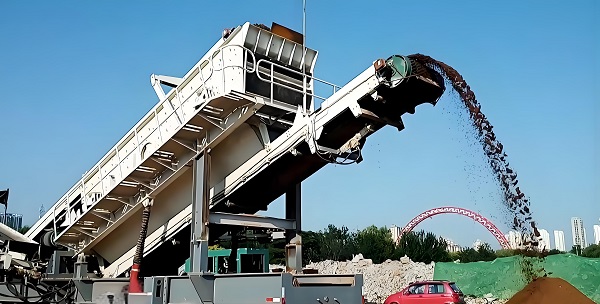
Waste screening equipment at work
A. Current situation of comprehensive utilization of construction waste
1. Source simplification is virtually non-existent
Referring to the experience of developed countries, source reduction is an important policy and technical means to reduce construction waste. However, currently in China, policies and regulations only promote source reduction without specific requirements and regulations. In the process of urban construction, there is a lack of long-term planning, and the phenomenon of demolishing buildings before their service life is widespread.
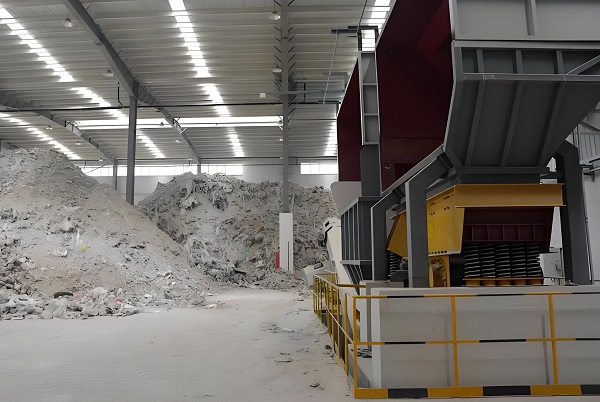
Waste screening equipment
2. The classification of construction waste has not been well implemented
The raw materials for construction waste are complex, and there is currently no unified and clear classification standard in China. There are even cases of mixed use of construction waste and household waste, resulting in complex and difficult sorting and disposal procedures, and an increase in the cost of construction waste disposal products.
3. The construction waste disposal industry chain is not perfect
The entire industry chain of construction waste disposal is incomplete, with disjointed links in collection, transportation, sorting, and utilization. The generation, resource utilization, and product application of construction waste have not been fully connected, and disposal enterprises are often in an awkward situation of "not being able to produce enough to eat and sell their products", making it difficult for many enterprises to continue.
4. Low recognition of construction waste products
Some domestic enterprises have a high level of resource utilization of construction waste, but most of them have outdated technology, resulting in unstable product quality and low social recognition of construction waste. There is an impression that such products are "unsafe, harmful, and non environmentally friendly".
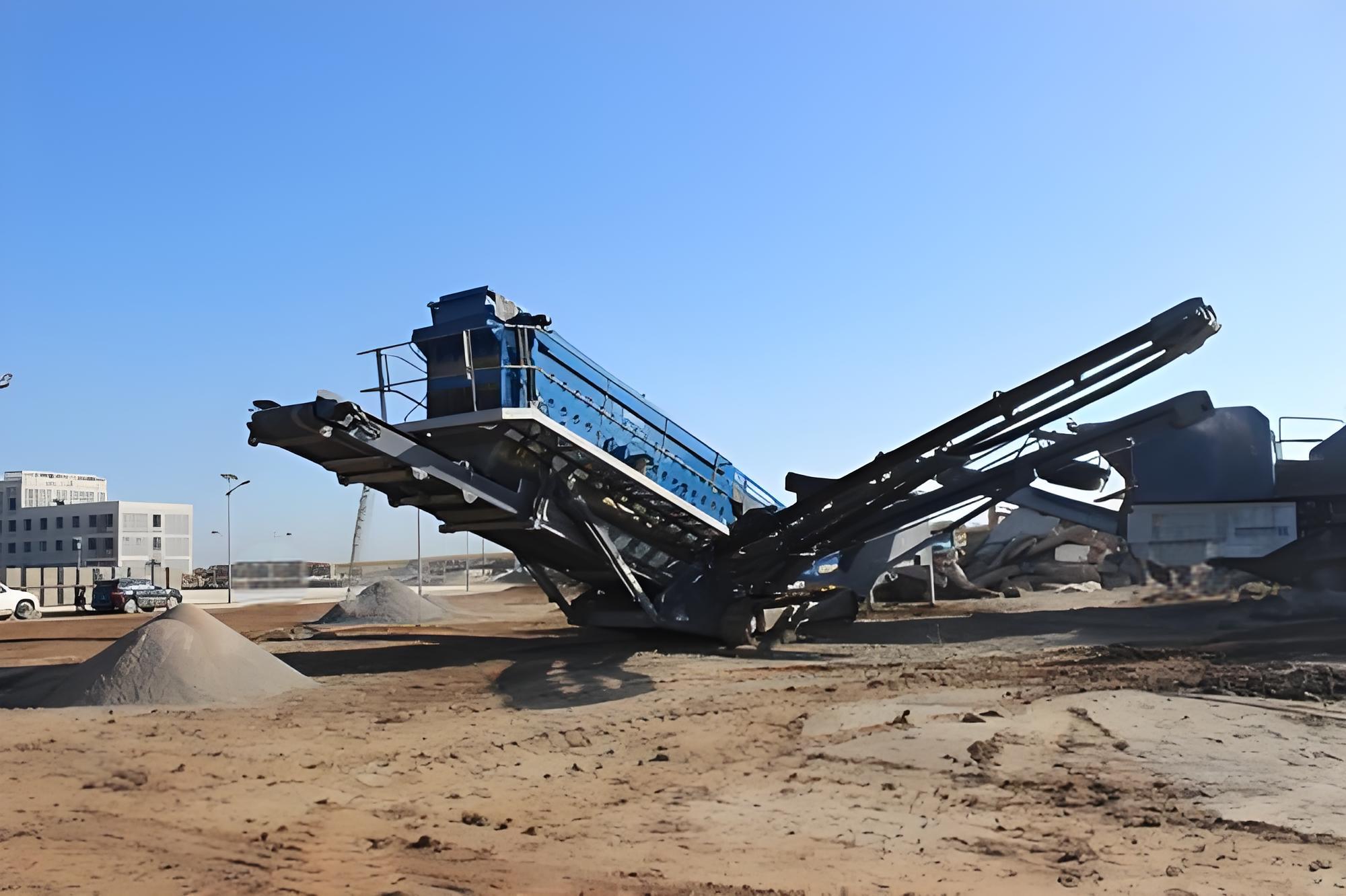
Waste screening equipment at work
B. Eight major uses of construction waste
1.After preliminary cleaning of construction waste, recyclable steel bars and wood are sorted out, and then bricks, cement concrete blocks are crushed into aggregates. After screening, impurities are removed to form building materials that meet certain particle size requirements. Then, according to the grading design requirements, auxiliary materials such as cement and fly ash are added to the raw materials, and a portion of water is mixed to form different building and road construction products. These products can completely replace ordinary sand and gravel materials for road base.
2. Recycled aggregates produced from waste bricks and tiles are processed by a brick making machine to produce building materials such as recycled bricks, blocks, wall panels, and floor tiles. These recycled bricks are highly environmentally friendly, including three types of ecological permeable bricks: ground materials, poured permeable bricks, and permeable road teeth bricks. They are widely used in squares, sidewalks, slow lanes, open-air squares, gardens, slope protection, foundation protection, highways, and overpasses.
3. Waste soil can be used for road construction, pile foundation filling, foundation, etc.
4. For abandoned wood construction waste, wood that has not been significantly damaged can be directly reused for rebuilding buildings, while severely damaged wooden components can be used as raw materials for recycled wood panels or papermaking.
5. Abandoned pavement asphalt mixture can be directly used for recycled asphalt concrete in appropriate proportions.
6. Abandoned road concrete can be processed into recycled aggregates for preparing recycled concrete.
7. Scrap steel, scrap steel bars, and other scrap metal materials can be directly reused or recycled for processing.
8. After sorting and crushing construction waste, the remaining sludge and stone powder are used as raw materials, and various other wastes (mainly including sludge from sewage treatment plants, waste residue from distilleries and food factories) and trace elements from peat soil are added. According to a certain mass ratio, they are mixed and stirred to form recycled planting soil for construction waste. In addition to the characteristics of natural soil, it also has the characteristics of high fertilizer efficiency, good ventilation, and strong water retention. According to the introduction, after relevant analysis and demonstration, the soil characteristics of regenerated planting soil meet and exceed the national soil standards, and meet the requirements of high-yield farmland fertility.
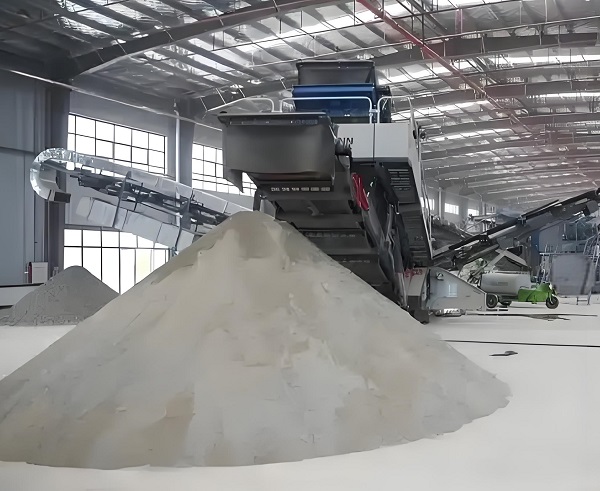
Waste screening equipment at work
C. Management mode of construction waste
1. Enterprise led model
The enterprise led model refers to the key role played by local leading enterprises in the resource utilization of construction waste with the participation of relevant government departments. The enterprises themselves are engaged in activities such as building demolition or sales of building materials, and cooperate with other enterprises to promote a virtuous cycle of construction waste, thereby driving the development of related industries. There are currently two main enterprise led models: one is the building materials enterprise led model, where the main body of building materials sales and the main body of building waste resource utilization are integrated, but it weakens the competitive relationship between recycled and original building materials. This model is adopted in cities such as Qingdao and Xining in China; The second is to dismantle the dominant mode of enterprises, and the construction waste resource utilization enterprises themselves are also dismantling enterprises, ensuring the source and quality of raw materials.
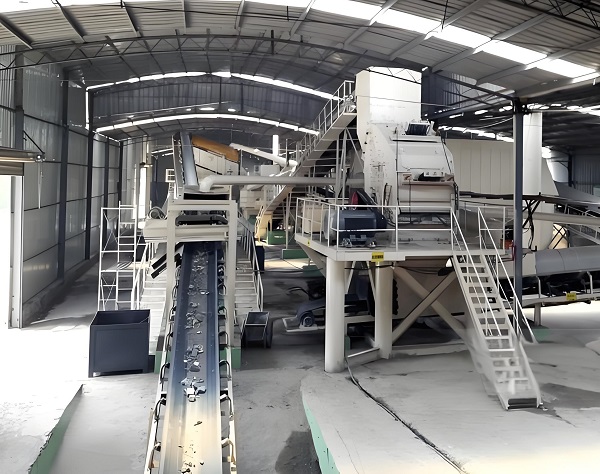
Waste screening equipment at work
2. Government led model
The government led model refers to the entire process of the generation, classification, transportation, resource utilization, and use of recycled products of construction waste being fully coordinated and arranged by the government. The government is the core of management, playing a leading role, undertaking coordination, organization, and supervision functions, and collaborating with various entities in the process of building waste resource utilization to form a management system that is mainly based on blocks, combines departments and blocks, and each performs its own duties.
3. Source control mode
Source control mode refers to reducing or avoiding the generation and discharge of construction waste through reasonable design, limiting material use, and adopting professional technology, in order to control the amount of construction waste generated from the source.
There are currently two main source control modes: one is source control before the generation of construction waste, which involves reasonable planning during the building design phase to reduce the use of unusable or toxic materials; The second is the source control of construction waste generation site. During the construction waste generation stage, the maximum utilization of construction waste is carried out on site.
4. End suppression mode
End of pipe suppression mode refers to mandatory requirements at the end of construction waste treatment to ensure the recycling and resource utilization of construction waste, reduce the landfill of construction waste, and avoid the arbitrary stacking of construction waste.
5. Franchise model
The franchise model refers to the system in which the government, as the owner of the franchise rights, selects operators or investors through market competition mechanism and bidding in accordance with relevant laws and regulations, that is, construction waste treatment enterprises, and clarifies their comprehensive treatment of construction waste within a certain period and scope (region) by signing a franchise agreement.
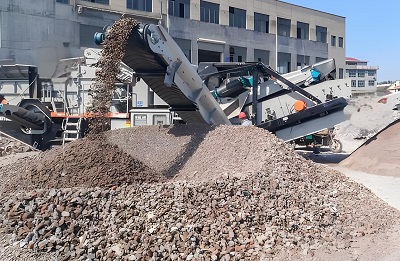
Waste screening equipment at work
PS:Recycled materials from construction waste are widely used in construction projects, such as recycled concrete, mortar, blocks, bricks, boards, etc; Application of recycled permeable concrete, permeable bricks, inorganic mixtures, graded crushed stones, backfill materials, etc. in municipal transportation engineering; Recycled aggregates are used as infiltration and storage materials in the field of sponge city construction; Recycled concrete products are used for underground pipe galleries, etc.
Save Time! Get A Detailed Quotation Quickly.
